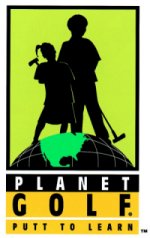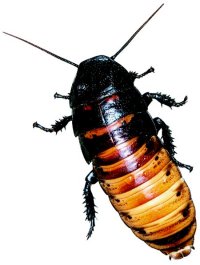 |
|||
|
|
|
|
|
 |
|||
|
|
|
|
|

Planet Golf: Putt to LearnOctober 2, 1999 -- January 2, 2000Tee off at Planet Golf, a playful miniature golf course that takes you on a fun-filled adventure through the natural world. And you don’t have to be Tiger Woods to get in on the action. Planet Golf provides fun for players of all abilities. For a modest $2.00 "greens fee," you can putt through an indoor, 18-hole
miniature golf course. You’ll not only sharpen your golf game, but will
learn about butterfly metamorphosis, recycling, water pollution, dinosaur
extinction and other aspects of the Earth’s history and environment.
The "front nine" show you how nature works, and the "back nine" teach you
about human interaction with the biosphere.
Discover the importance of "green corridors" in nature, which link wild spaces for animals.

BugbotA Bug’s Eye ViewExperience life from the viewpoint of a roach with Bugbot, a state-of-the-art
miniature robotic camera mounted inside a colony of ten Madagascan Hissing
Cockroaches.
 Dippy the Landmark"Dippy" became an instant Pittsburgh landmark when it was unveiled in
July. The world’s most accurate replica of the dinosaur Diplodocus
carnegii scores high every day as a destination for tourist buses,
school groups, families, seniors, rubbernecking drivers on Forbes
Avenue, and snapshot artists who have to pose friends and family
at the feet of this 84-foot long prehistoric giant.
|
|
|
|
|
|
|
|
|||